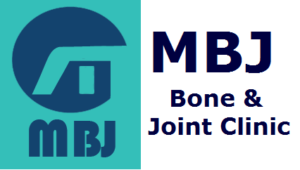- Commonest form of skeletal TB
- Haematogenous spread from primary focus (active / quiescent)
- Involvement of paradiscal parts of two contiguous vertebrae (typical lesion) due to common blood supply
- Presentation : Deformity, neurological deficit, pain
- Constitutional symptoms – fever, malaise, anorexia, weight loss
- Based on development of neurological symptoms its is classified into early (<2yrs) and late(>2yrs)
- Radiological investigations only reveal the status of vertebrae, soft tissue and cord
- Confirmatory diagnosis is only through tissue biopsy
- Medical treatment consists of starting antitubercular treatment after diagnosis
- Surgical mamagement is indicated in when there is progressive neurological deficits, No response to conservative management, Persistent neurological deficit, decompression of large abscesses – relieve pressure, prevent sinuses and when you anticipate involvement of contiguous vertebrae, worsening deformity

